The week's good news: June 29, 2023
It wasn't all bad!
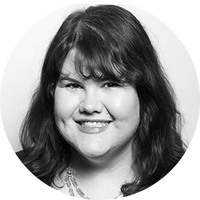
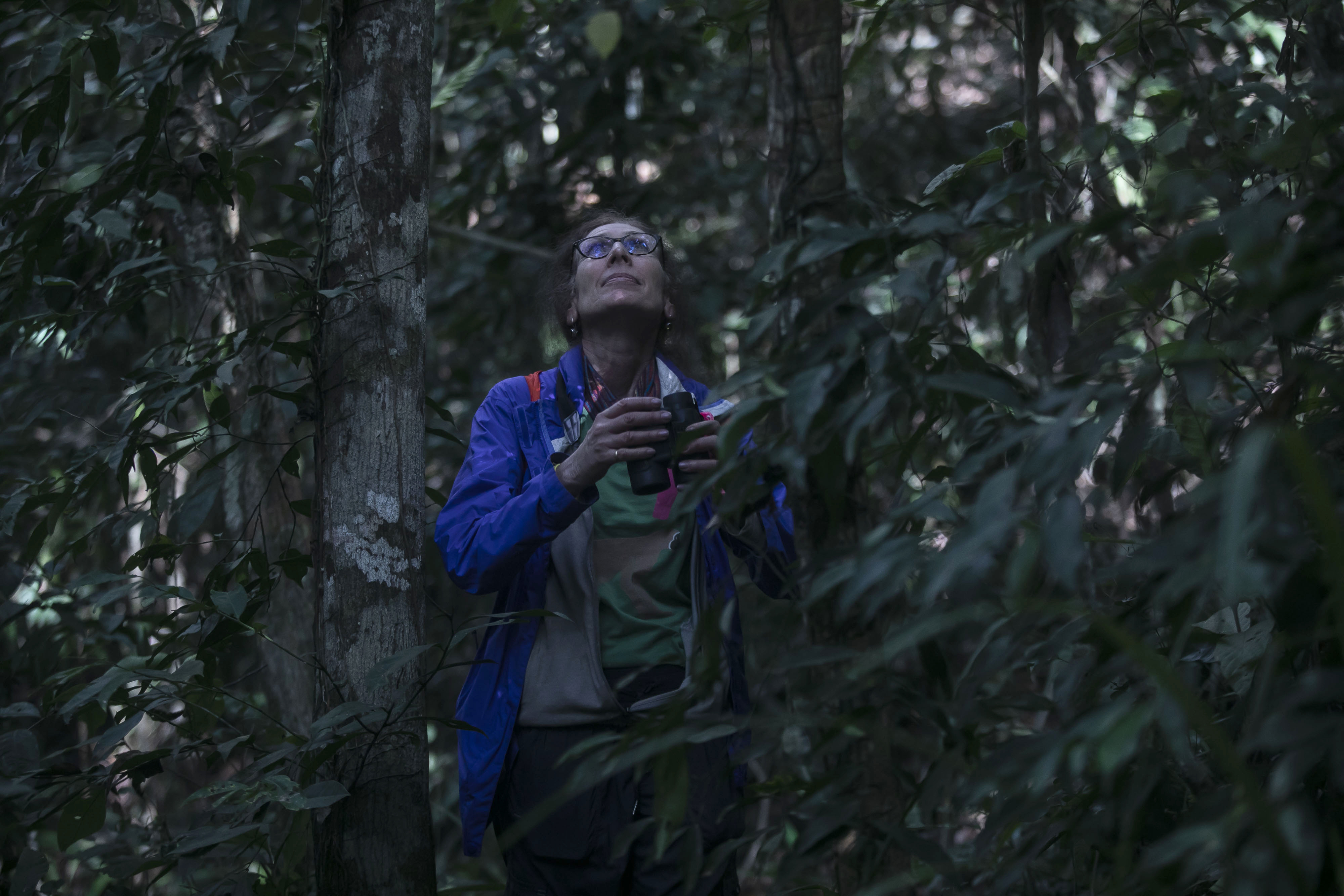
- 1. Scientist continues her 40-year quest to save the northern muriqui
- 2. Kelp farm run by nuns and Indigenous women is cleaning polluted water
- 3. After forming a tight bond, family unofficially adopts elderly neighbor
- 4. Researchers declare this an 'extraordinary' time for discoveries in medicine
- 5. Diver who found phone during ocean cleanup tracks down its owner
1. Scientist continues her 40-year quest to save the northern muriqui
Over her 40 years of research in the Atlantic Forest of Brazil, Karen Strier has unlocked some of the mysteries of the critically endangered northern muriqui. They are "beautiful animals," Strier told The Associated Press. "They're graceful. They even smell good, like cinnamon." When she began her research, deforestation had nearly wiped out the northern muriqui, and there were just 50 left in the wild. Strier learned over time how peaceful these primates are, and how much autonomy the females have. She is based at the Feliciano Miguel Abdala Reserve, where the northern muriqui population has grown almost fivefold to 232. This is one of the world's longest-running primate studies, and the information Strier picks up is beneficial to conservationists like Fernanda Pedreira Tabacow. She moved two isolated muriqui males to an area of the reserve with three females, and soon, an infant was born. Strier's research "facilitated everything," Tabacow told AP. "We avoided many mistakes that could have been made."
2. Kelp farm run by nuns and Indigenous women is cleaning polluted water
Women from the Shinnecock tribe and the Sisters of St. Joseph are working together to clean up the Long Island bay they call home. Because of fertilizer runoff and overdevelopment, nitrogen levels in the Shinnecock Bay skyrocketed, killing fish and shellfish. The Shinnecock have lived on the east side of the bay for thousands of years, and in 2019, six women from the tribe went across the bay to visit the retreat owned by the Sisters of St. Joseph. They asked the nuns if they would like to help start a kelp farm; research shows that sugar kelp absorbs nitrates and carbon from the water, and this would be a natural way of cleaning up the bay. The sisters agreed, and a partnership was born. A cottage at the retreat is now a hatchery, and in the last two years, 20 lines of kelp have been planted in the bay. Already, they've spotted changes in the water, with scallops, sea horses, clams, and other species returning.
The Week
Escape your echo chamber. Get the facts behind the news, plus analysis from multiple perspectives.

Sign up for The Week's Free Newsletters
From our morning news briefing to a weekly Good News Newsletter, get the best of The Week delivered directly to your inbox.
From our morning news briefing to a weekly Good News Newsletter, get the best of The Week delivered directly to your inbox.
3. After forming a tight bond, family unofficially adopts elderly neighbor
When Sharaine and Wilson Caraballo and their five kids moved from New England to Texas in March 2022, they were instantly welcomed by a new neighbor who soon became part of their family. Sharaine said any fears she had about moving disappeared as soon as 82-year-old Paul Callahan greeted them at their new home. The Caraballos learned that Callahan's wife died six months earlier, and quickly formed a bond, with Callahan coming over with tools to help Wilson make repairs or ride bikes with the kids. They all hang out every day, and Callahan is invited to every family holiday and barbecue, even receiving gifts this Father's Day. Everyone feels at ease with each other, and the kids have another person to dote on them. "They play with him a lot and call him Uncle Paul," Sharaine told SWNS. "He's got stories for days."
4. Researchers declare this an 'extraordinary' time for discoveries in medicine
This is an exceptional era in medicine, with researchers saying to expect even more groundbreaking treatments in the near future. Discoveries are being made at a quicker pace, Nobel Prize winner Jennifer Doudna, a biochemist at the University of California, Berkeley, told The New York Times. Doudna, who helped discover CRISPR gene editing, has been running her research lab for nearly three decades, "and I can say that throughout that period of time, I've just never experienced what we're seeing over just the last five years," she said. "I think we're at an extraordinary time of accelerating discoveries." The Covid-19 vaccine is one recent breakthrough, and in the near future, mRNA could be applied to other applications, like treating cancer, RSV, Zika, and HIV. "It's stunning," immunologist Barney Graham, who helped develop mRNA vaccines, told the Times. "You cannot imagine what we're going to see over the next 30 years. The pace of advancement is in an exponential phase right now."
A free daily email with the biggest news stories of the day – and the best features from TheWeek.com
5. Diver who found phone during ocean cleanup tracks down its owner
Finding a smartphone in the water wasn't unusual for Alex Schulze — what surprised him was that it could still turn on and he had the chance to return the device to its owner. As the CEO of 4ocean, an ocean cleanup company, Schulze routinely goes on dives to pick up trash. While off the coast of Florida, he came across an iPhone with a waterproof case, sealed in a plastic bag. Usually, the phones he finds are completely waterlogged, but this one charged, and he got in touch with the owner's emergency contact. "We're always stoked about the work we do cleaning the ocean," Schulze told Good News Network. "But it's even better to make someone's day by returning what's important to them." 4ocean crews have removed over 29 million pounds of plastic from waters in the U.S., Guatemala, and Indonesia, and transforms that trash into beads that are then turned into bracelets.
Catherine Garcia has worked as a senior writer at The Week since 2014. Her writing and reporting have appeared in Entertainment Weekly, The New York Times, Wirecutter, NBC News and "The Book of Jezebel," among others. She's a graduate of the University of Redlands and the Columbia University Graduate School of Journalism.
-
 The week's good news: Jan. 18, 2024
The week's good news: Jan. 18, 2024Feature It wasn't all bad!
-
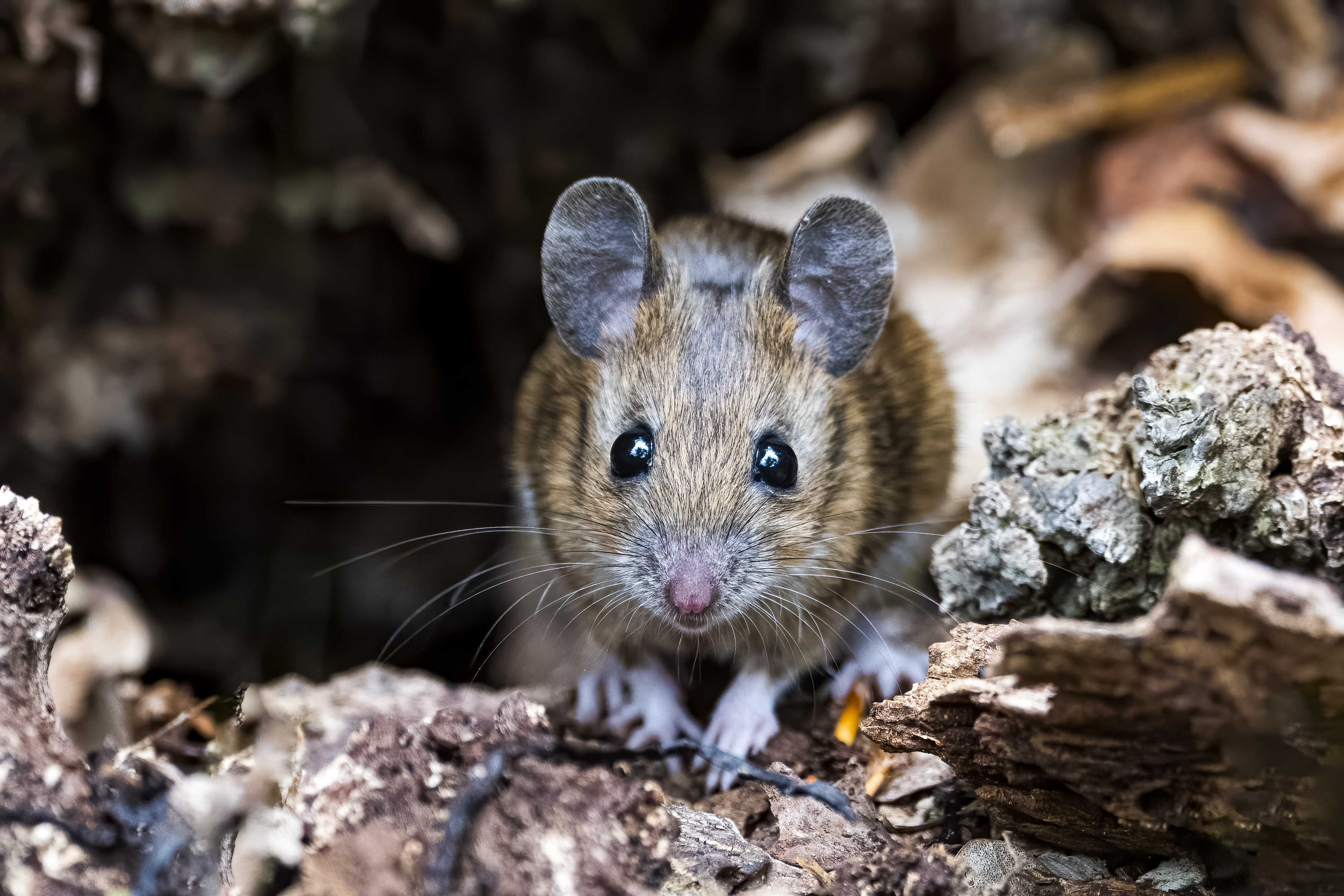 The week's good news: Jan. 11, 2024
The week's good news: Jan. 11, 2024Feature It wasn't all bad!
-
 The week's good news: Jan. 4, 2023
The week's good news: Jan. 4, 2023Feature It wasn't all bad!
-
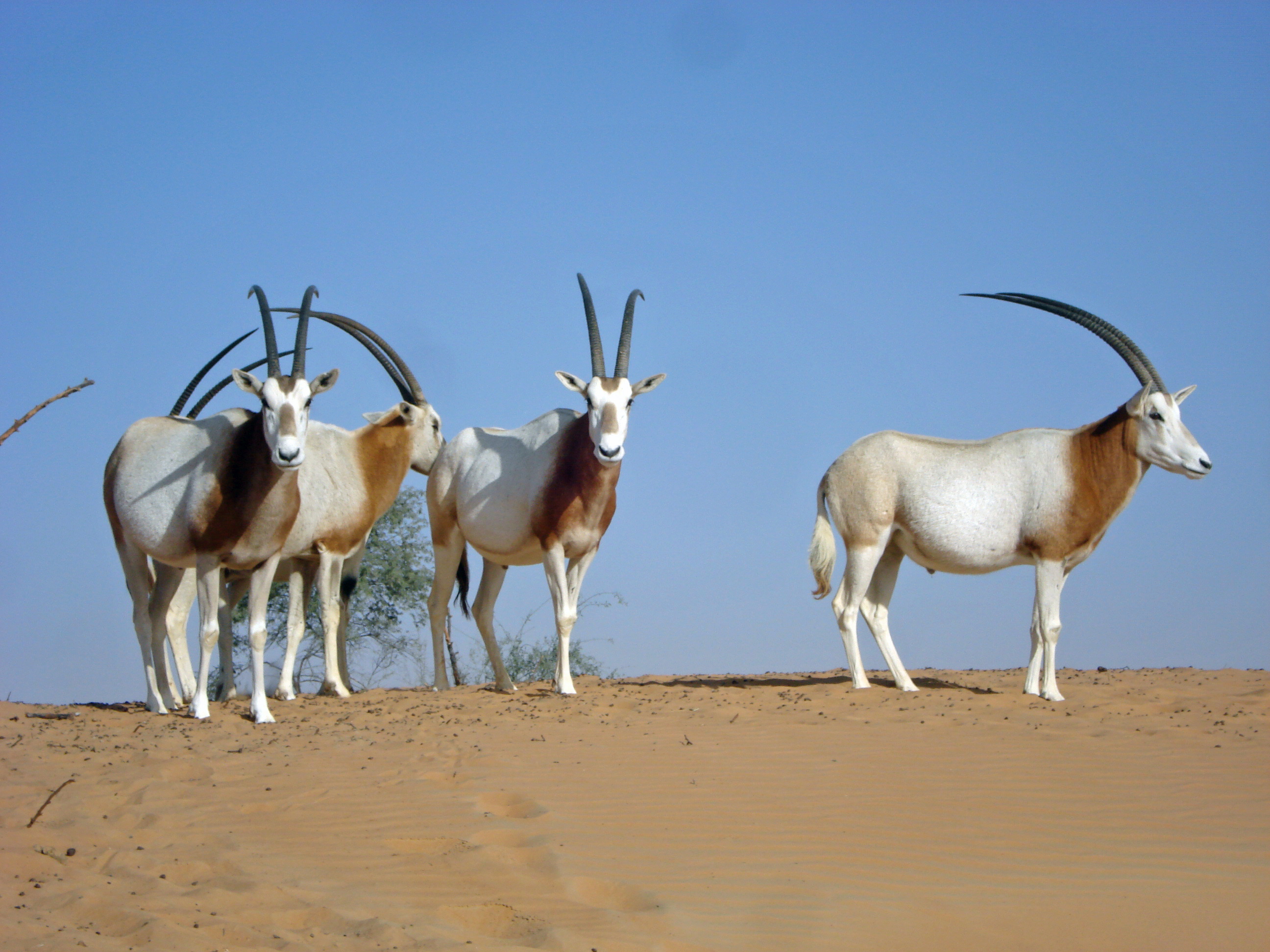 The week's good news: Dec. 21, 2023
The week's good news: Dec. 21, 2023Feature It wasn't all bad!
-
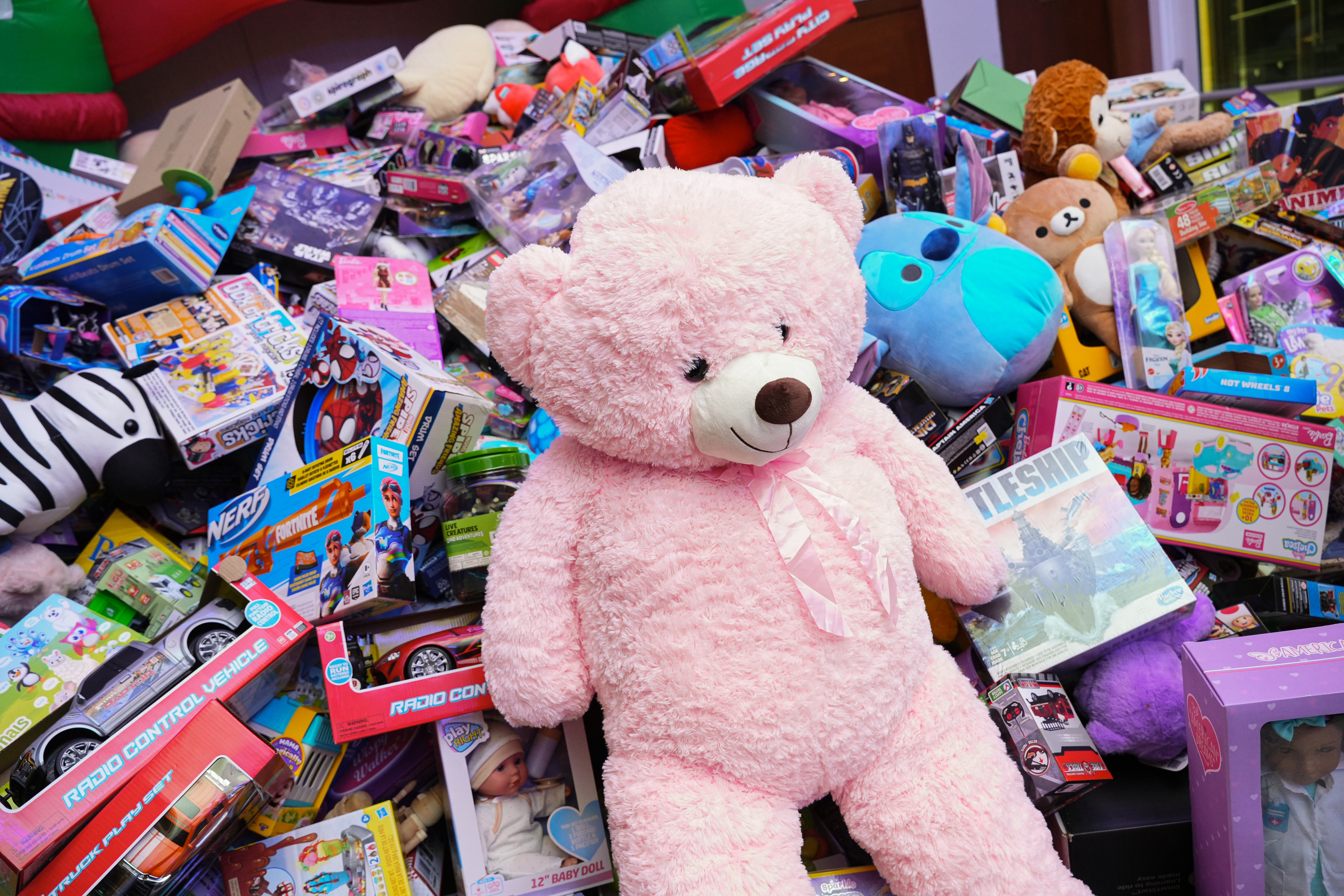 The week's good news: Dec. 14, 2023
The week's good news: Dec. 14, 2023Feature It wasn't all bad!
-
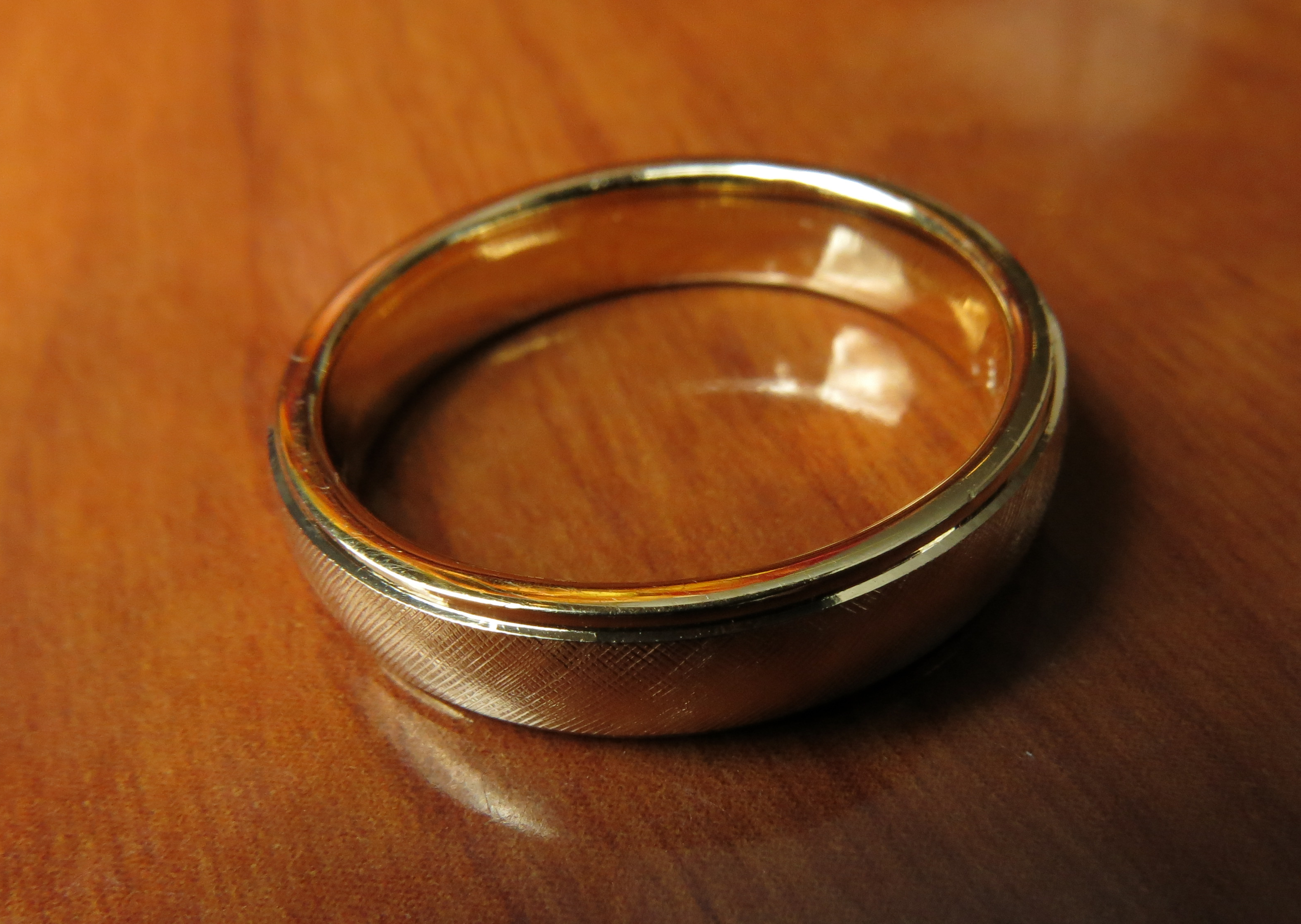 The week's good news: Dec. 7, 2023
The week's good news: Dec. 7, 2023Feature It wasn't all bad!
-
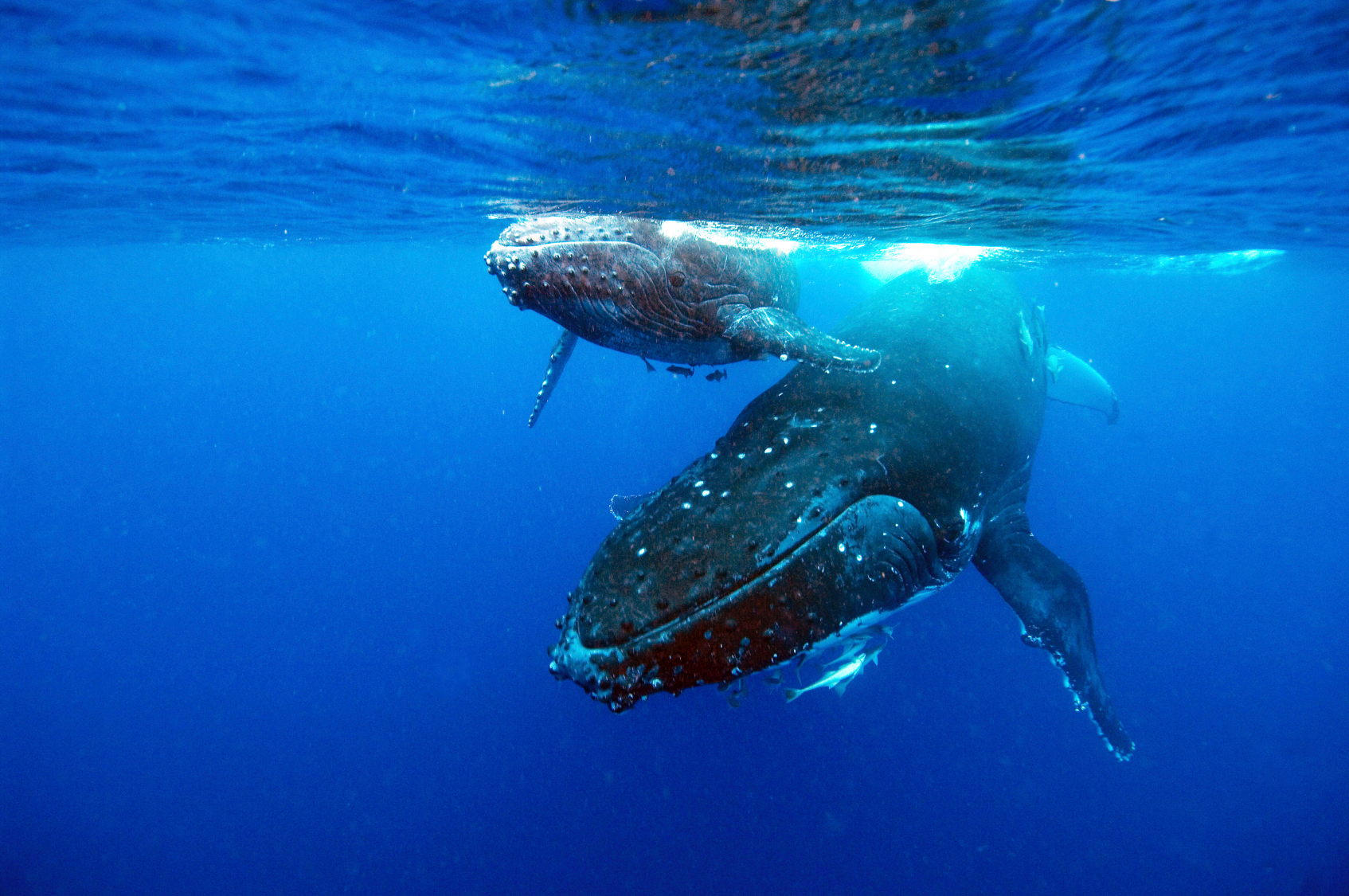 The week's good news: Nov. 30, 2023
The week's good news: Nov. 30, 2023Feature It wasn't all bad!
-
 The week's good news: Nov. 16, 2023
The week's good news: Nov. 16, 2023It wasn't all bad!


